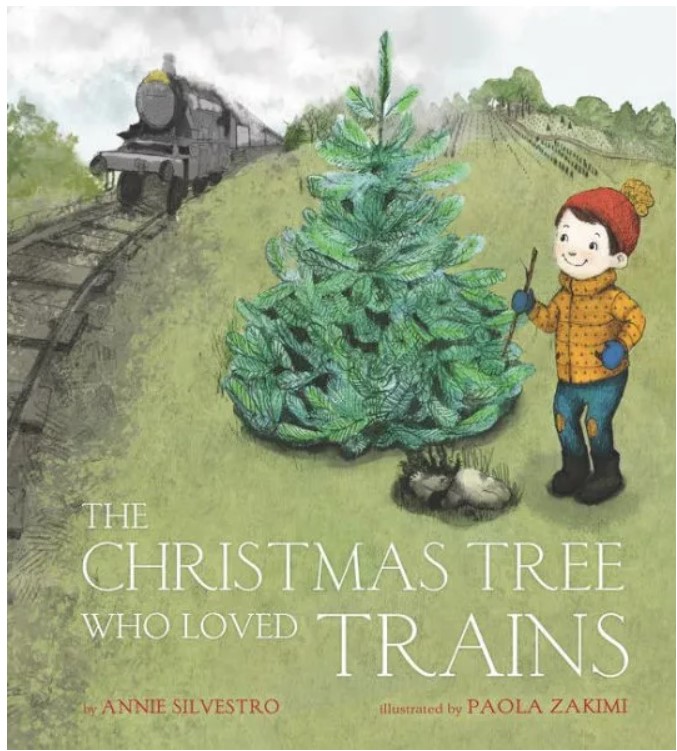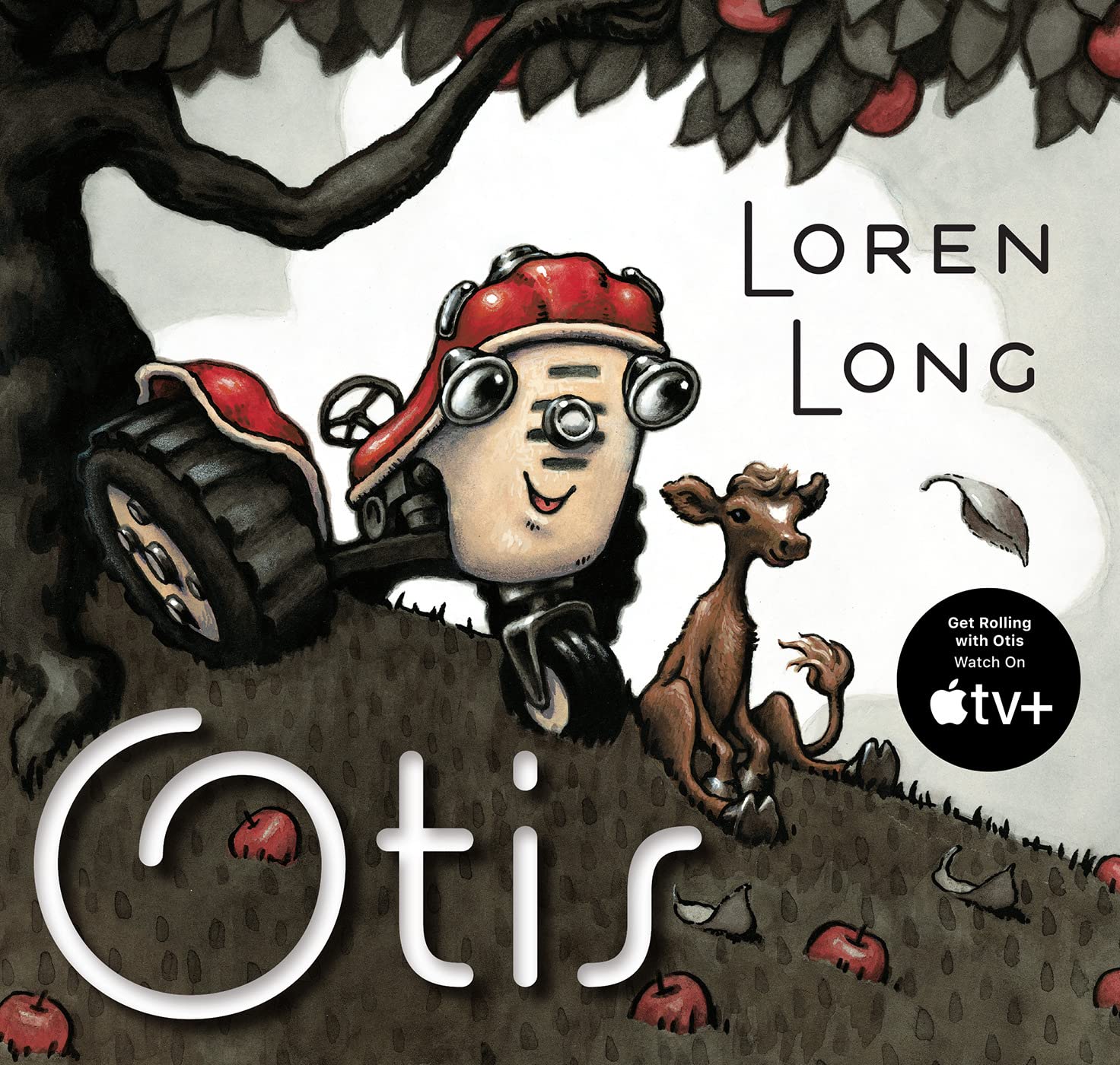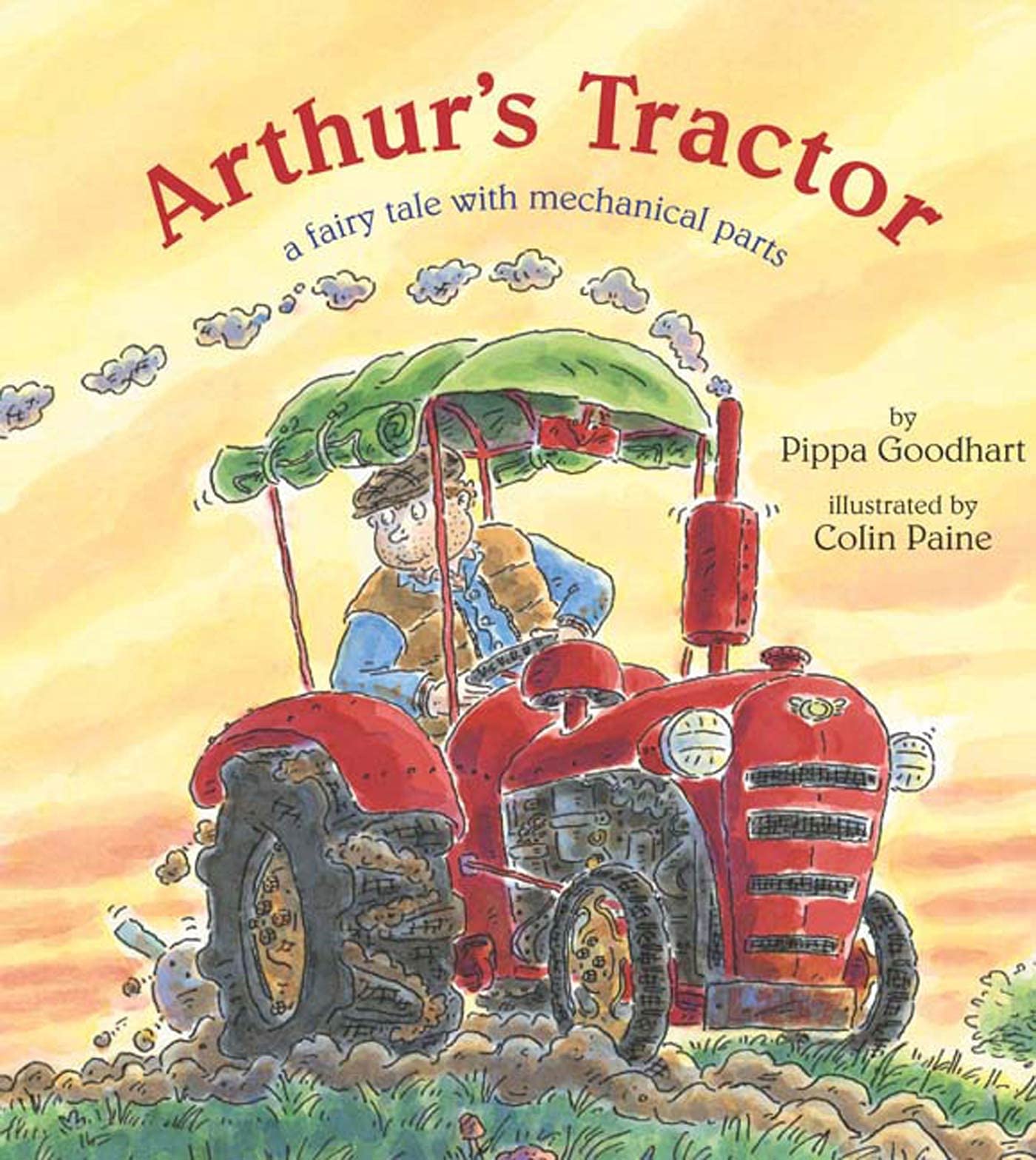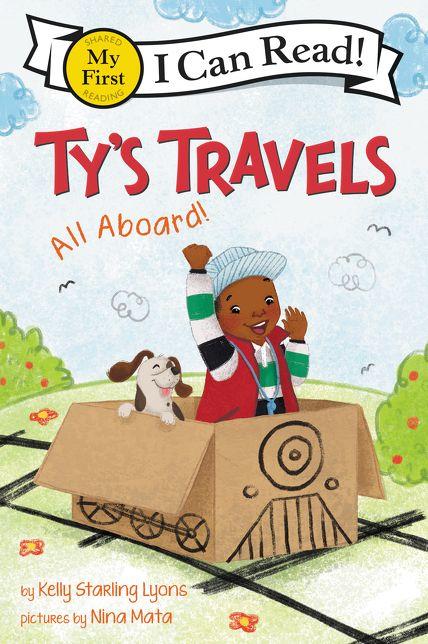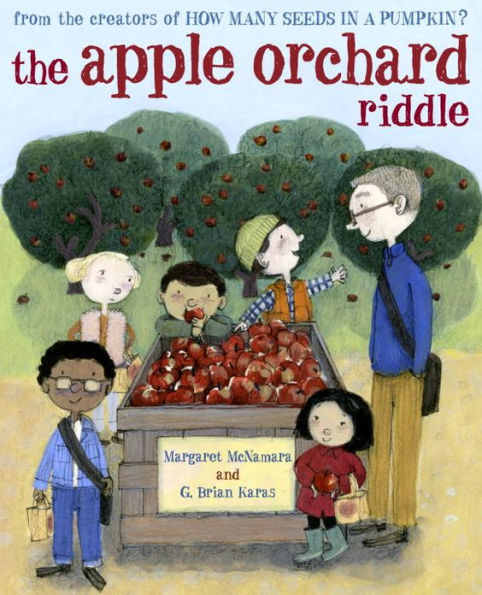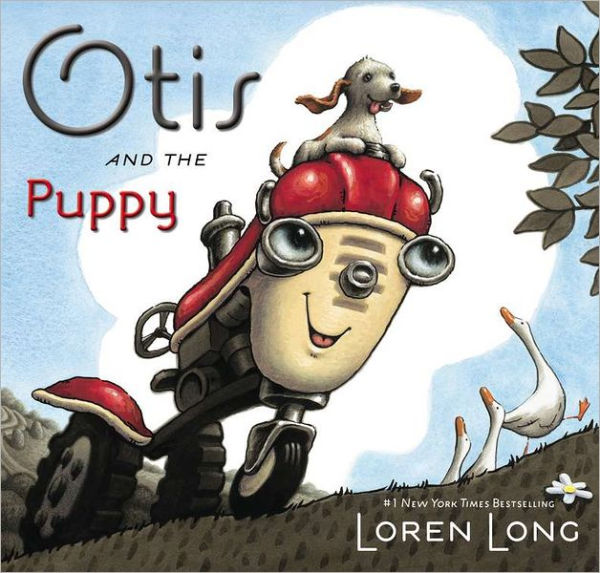In a far-off corner of a tree farm, beside a train track, sits a solitary pine. There are no other trees to keep this pine tree company. The noisy rumbling of each passing train scares squirrels from climbing onto the tree’s branches and birds from nesting there. But this tree doesn’t mind.
Having grown up beside the train track, the pine tree loves the trains. They are the only company she needs. One morning, a little boy visits the farm looking for a Christmas tree. To the pine’s surprise, the boy picks her. Before the pine tree knows it, she is dug out from the ground and taken to the boy’s house, where she is placed in a dark and cramped corner of the living room. Will being separated from the trains be too much for the tree? Or will she find something new with the boy and his family?
The Christmas Tree Who Loved Trains is a charming and heartfelt story for readers who celebrate the holiday, as well as for anyone who has to adjust to a big change in their life. With one to eight short sentences per page, younger readers should have little trouble enjoying the book.
Annie Silvestro’s writing manages the near-impossible task of getting readers to empathize with a faceless pine tree. Illustrator Paola Zakimi gives readers a closer understanding of the tree with drawings that visualize the tree’s feelings towards the events of the story. For example, each train emerges from a majestic, mysterious fog. The train and track are drawn with meticulous detail, while the field of trees behind the pine tree fades into a smaller, muted background. Meanwhile, the living room corner is drawn as dark and dull, with faded colors and shadowy backgrounds. As the tree warms up to the family and their house, the drawings of the room become increasingly brighter and colorful.
In The Christmas Tree Who Loved Trains, readers of all ages will find a sweet and sincere story about adjusting to change and embracing your unique traits and interests. Readers who celebrate Christmas are sure to relate to the tree’s growing admiration for the holiday, and all readers are likely to find comfort in the tree’s story. If you are looking for a warm read this winter, The Christmas Tree Who Loved Trains may be the book for you.
Sexual Content
- None
Violence
- None
Drugs and Alcohol
- None
Language
- None
Supernatural
- None
Spiritual Content
- Although the book is a celebration of Christmas, it does not define the holiday as a strictly spiritual one. Instead, Christmas is portrayed as a day for being together with the ones you love.
